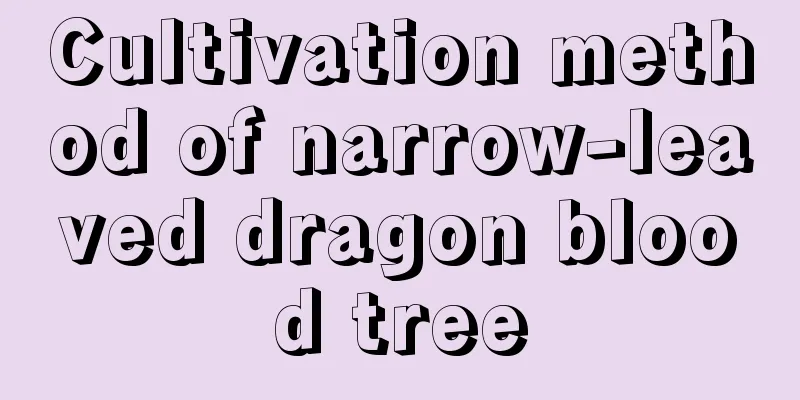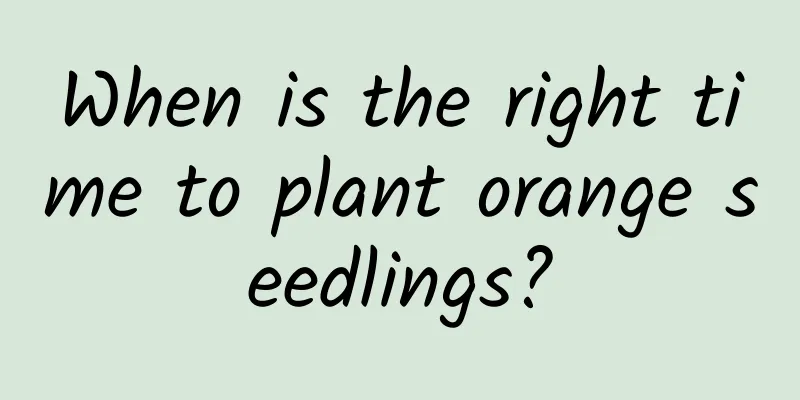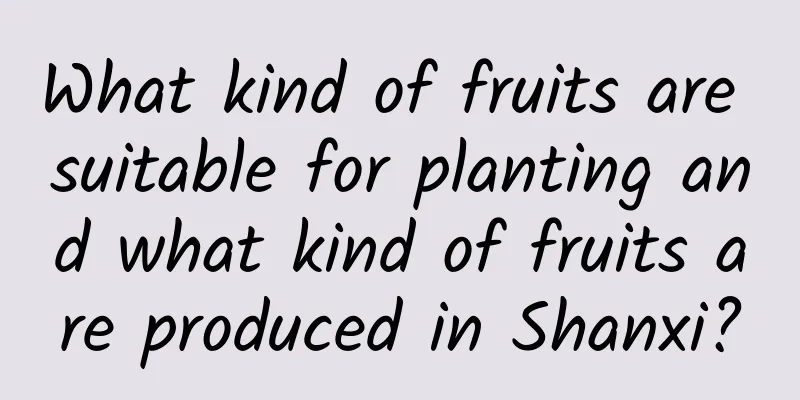Peanut cultivation technology and management methods

|
As an important oil crop , peanuts are easily attacked by diseases and pests during their growth, which not only affects the normal growth of peanuts, but also may cause damage to the economic benefits of farmers. Therefore, strengthening peanut planting management, adopting high-yield cultivation techniques , and strengthening pest and disease control measures are crucial to increasing peanut yields and ensuring quality. Below we will learn about peanut cultivation techniques and management methods. 1. Plot selection and preparation Choose well-drained, fertile sandy soil for planting peanuts, and avoid saline-alkali land and repeated cropping. The ideal soil pH is around 7.0 to promote root development. The arid areas in the north are suitable for flat farming, while plots with good irrigation conditions can be cultivated on ridges, and low-lying land requires high ridges. When applying base fertilizer, you can use farmyard manure, superphosphate, ammonium carbonate and potassium fertilizer, or use triple compound fertilizer . 2. Seed treatment Choose seeds with strong disease resistance and good quality, dry them in the sun for 1 to 2 days before sowing, and remove bad kernels after shelling to increase the germination rate. Use 75% methyl thiophanate to dilute and mix with seeds, then sow after drying to enhance disease resistance. 3. Sowing The best time to sow is from April to May, when the temperature is above 10°C and there is sufficient sunlight. Summer sowing of peanuts should be done about 10 days before or after wheat harvest. The sowing depth should be controlled at about 5cm, and the seedlings should be checked and replanted in time after emergence. 4. Water and Fertilizer Management 1. Water management Generally, no watering is required during the seedling stage, and drought can promote root development. Water should be added in time during the flowering needle stage and pod setting stage to avoid drought. 2. Fertilization management Peanuts require trace elements such as potassium, phosphorus, calcium, molybdenum, and boron. Farmyard manure, compound fertilizer, phosphorus fertilizer, and potassium fertilizer should be used as base fertilizer. Pay attention to the amount of nitrogen fertilizer used to avoid excessive growth. 5. Field Management Strengthen field management and carry out tillage and weeding in a timely manner. Exposing the cotyledons during the seedling stage promotes growth. When the plant grows to 30-35 cm in height, use growth regulators to control excessive growth. VI. Pest and disease control The main peanut diseases include stem rot and crown rot, which can be controlled by using fungicides such as pyraclostrobin. Pests include white grubs, wireworms, etc., which are controlled using insecticides such as thiamethoxam. 7. Harvest at the right time Peanuts should be harvested when the shells harden, the shell walls have blue-brown spots, and the kernels are full, to avoid harvesting too early or too late which may lead to a decline in quality. The above is an introduction to the key points of peanut cultivation and management techniques. Through the above measures, the yield and quality of peanuts can be effectively improved, the impact of diseases and pests can be reduced, and the economic interests of farmers can be protected.
|
<<: How to grow pineapple heads hydroponically
>>: How to make succulent leaves sprout fastest
Recommend
Things to note when planting spider plants
Be careful when applying fertilizer Chlorophytum ...
What season is suitable for planting lettuce? What month is the best for sowing?
The conditions for growing lettuce are not very h...
How to water the Guanyin Lotus
Overview of Watering Guanyin Lotus The Alocasia o...
Causes and treatments of yellow leaves of Staghorn Begonia
1. Unsuitable soil 1. Reason: Staghorn Begonia gr...
Broad bean planting time and technology
Broad bean is an annual or biennial herb of the g...
How to grow sugarcane?
Sugarcane is not only rich in sugar and water, bu...
What to do if the roots of Kalanchoe are rotten? Just cut it once and put it back into the soil and it will grow again
Basically, no plants will bloom in winter, so the...
What should I do if hyacinths don’t bloom? How long does hyacinth flowering last?
1. What to do if it doesn't bloom 1. Increase...
How to grow plum blossoms
1. Breeding environment (1) Soil: Mainly require ...
How to make roses bloom quickly and how to make roses bloom more
1. How to bloom quickly 1. Spray sugar water: If ...
Why are Wanchongshan mountains growing too tall?
1. Causes of leggy growth 1. Reason for watering:...
The growth environment and characteristics of wild rice stem
Wild rice growing environment conditions and requ...
How and when to plant buckwheat (field management) When is the best time to plant?
The best time to plant buckwheat Buckwheat heads ...
How to cultivate Platycodon grandiflorum
Platycodon grandiflorum growing conditions Platyc...
Varieties of Rieger Begonia
Varieties of Rieger Begonia The common varieties ...









